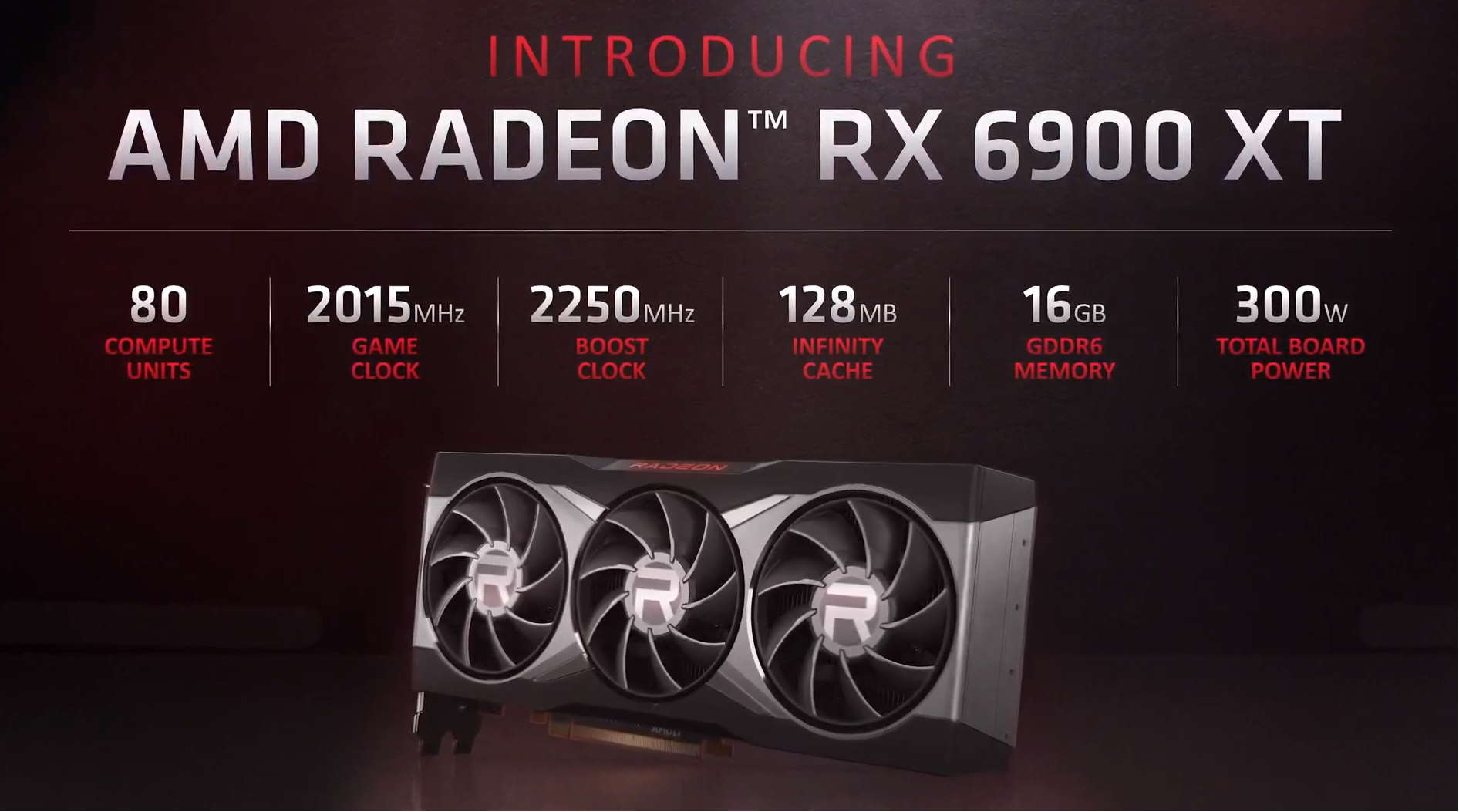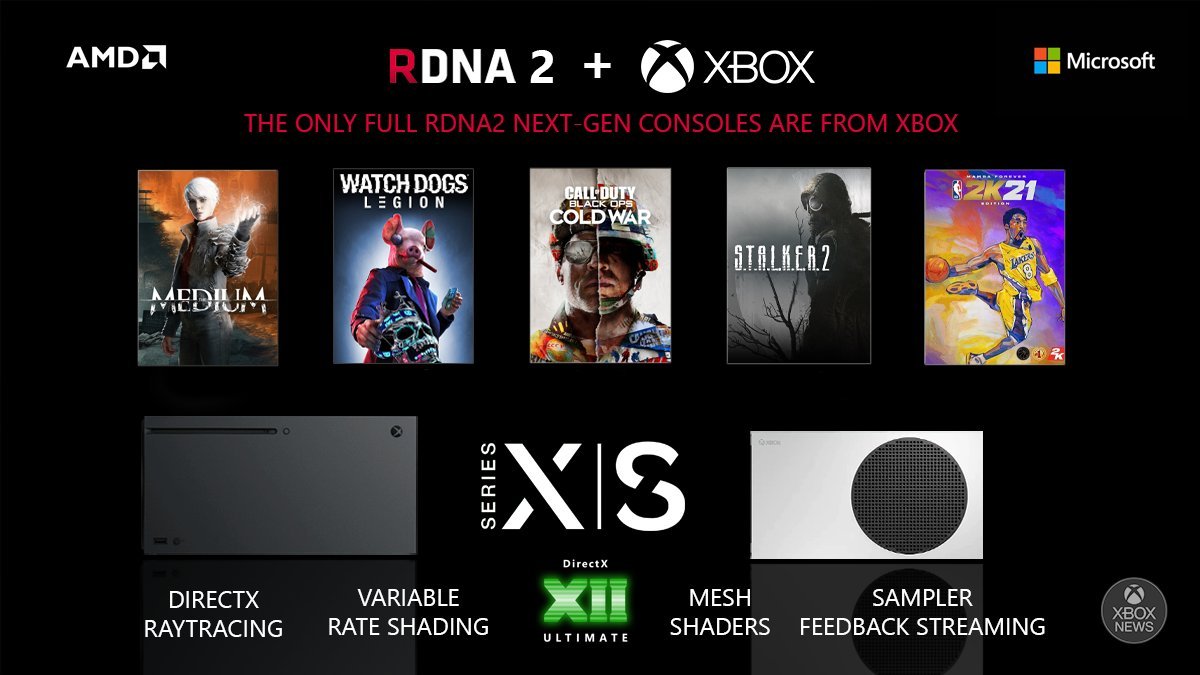Published :10/29/2020 1:14:51 AM
Click Count:2103
On October 29th, Beijing time, AMD officially released the RX6000 series of graphics cards, which is against NVIDIA's RTX3000 series. Among them, RX6800 XT ($649) has similar performance to RTX3080, and RX6800 ($549) has similar performance to RTX2080 Ti or RTX 2080 Ti. In addition, AMD also announced the RX6900 XT ($999), which can compete with NVIDIA's flagship RTX3090.

These three graphics cards are based on AMD's latest RDNA technology and also support hardware ray tracing acceleration. In RDNA2, AMD has created an innovative Infinity Cache, which can provide more than twice the bandwidth than the traditional GDDR6 memory subsystem. Among them, the RX6800 XT has 72 arithmetic units with a core frequency of 2015MHz and an overclocking frequency of 2250MHz. It will also include 16GB of GDDR6 memory and 128MB of unlimited cache. In RX6900 XT, the arithmetic units are increased to 80, the video memory, frequency and cache are kept the same, but the computing power is as high as 23.04TF. The RX6800 XT and RX6800 will be officially launched on November 18th, and the RX 6900 XT will be available until December 8.
At this conference, AMD also officially gave out the new technology attached to the new generation of graphics cards. The first is AMD's own delay reduction technology. AMD has introduced AMD Freesync and Anti-Lag technologies earlier, reducing the standard delay of 63ms in game scenes by 8ms. AMD's three major graphics cards here all support the ultimate latency reduction program AMD Radeon Boost technology, combined with Freesync, can significantly reduce latency by 23ms.

AMD also has a deep cooperation with Microsoft. With the help of Microsoft's DirectX12 Ultimate API, the new graphics card will support graphics technologies such as DirectX ray tracing, VRS, Mesh Shaders and SFS. Once Windows officially enables DirectStorage in 2021, the three graphics cards will also support faster data transfer rates. In addition, RDNA2 technology is also used in Microsoft's Xbox Series X/S and Sony's PS5. But in view of the close cooperation between Microsoft and AMD, Microsoft's two major game consoles will be the only machines that support full RDNA 2 features.
At the same time, in order to further contend with NVIDIA, AMD is also developing a technology similar to DLSS, which provides better graphics quality and higher frame rates through AI supersampling.
However, in terms of the design of the graphics card, the RX6000 series graphics card still uses the traditional 2.5 card slot and PCIe connection design, and uses a three-fan system to dissipate heat. It does not reduce the PCB size as much as NVIDIA does, and does not have a brand new 12 Pin power connector.